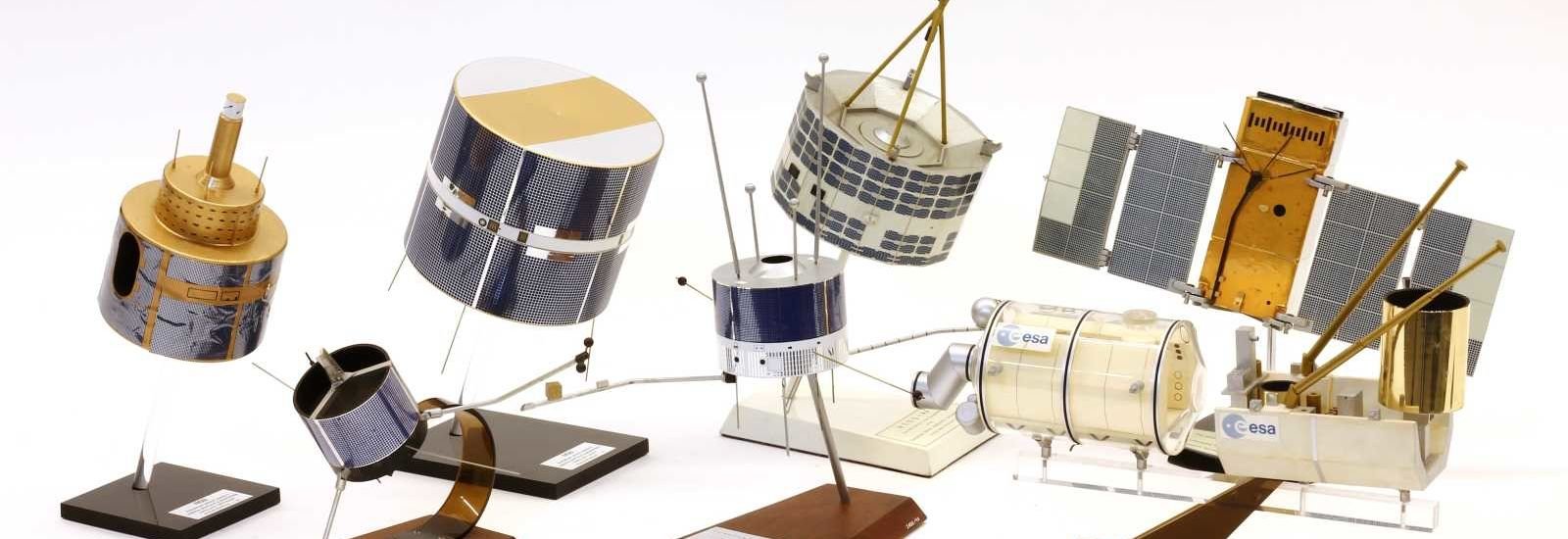The Afterlife of Satellites: past, present, future
01 juli 2018 08:00 t/m 24 augustus 2018 23:00 - Locatie: Hall TU Delft Library, Prometheusplein 1, Delft - Door: TU Delft Library | Zet in mijn agenda
Entrance: Free
From Space Debris to Space Heritage
Much of the public reporting about space debris highlights the dangers of potential collusions of objects in space and satellites re-entering the atmosphere. Command and control of satellites can be lost leading to potential dangers. This is e.g. the case for Tiangong-1, China’s first prototype space station, which re-entered in the beginning of April and crashed in the southern Pacific Ocean, thereby removing public fear of a crash in a populated area.
Much of the public reporting about space debris highlights the dangers of potential collusions of objects in space and satellites re-entering the atmosphere. Command and control of satellites can be lost leading to potential dangers. This is e.g. the case for Tiangong-1, China’s first prototype space station, which re-entered in the beginning of April and crashed in the southern Pacific Ocean, thereby removing public fear of a crash in a populated area.
What is designated as dangerous waste can also be appreciated as historical artefacts, conveying a story about early space exploration and its impact on human life and technology. In the exhibition, a series of satellite models from TU Delft Library‘s Special Collections and the Study Collection of the Faculty of Aerospace Engineering, is on display. Departing from the historical importance of the associated missions, the afterlife of the actual counterparts in space is shown. What happened to these satellites after they fell into decay?
- For more information check the website: TU Delft Library
